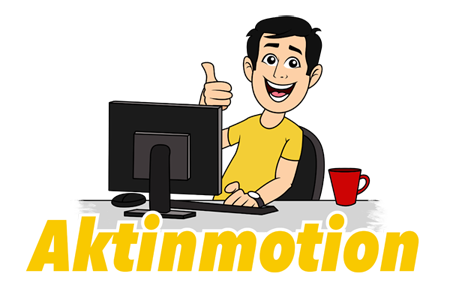Have you happened to see those MIDI keyboard controllers? Well, a DJ controller serves just the same function as an external DJ software control.
They come with knobs, encoders, jog wheels, faders, backlit buttons, touch strips, and many other components that are used for controlling DJ software externally. But if you are able to control the application on your MIDI keyboard, what exactly is the point in getting a DJ controller?
A DJ controller enables you to easily access the controls through equipped onboard components without you having access to the application’s complex commands on a computer or phone.
You should not confuse the DJ mixer with the DJ controller; the DJ controller sends signals to the computer DJ software for how to mix the audio.
DJ controllers do well to help engineers to physically edit their music through the onboard components. Many high-end DJ controllers have in-built sound cards that have up to four outputs that can be used to connect headphones to preview music before you play it on the main outputs. This comes in quite handy.
Just like the electronic digital keyboard controller, DJ controllers make use of standard MIDI or HID protocols to communicate with the computer through The Universal Serial Bus (also known as the USB).
Want to buy? Read our review: best DJ controllers for scratching
They are equipped with two turntables and CD Js and a DJ mixer. The two turntables are used to get access to the software function that is stored by the manufacturer to add that specific effect into the beat.
Some DJ controllers let the user remap the two turntables and other components to output different functions. Other onboard components are used to add more complexity to the music.
These features can only be accessed through a DJ application as it translates the signals to the unit and vice versa. Without the DJ application, you will not be able to control the output. Most DJ controllers are packed with one company-made or some recommended software. Most DJ controllers use MIDI or HID communication protocols that make them compatible with just about aby software.






